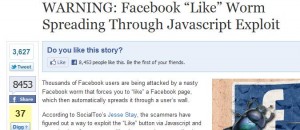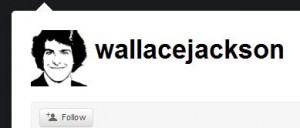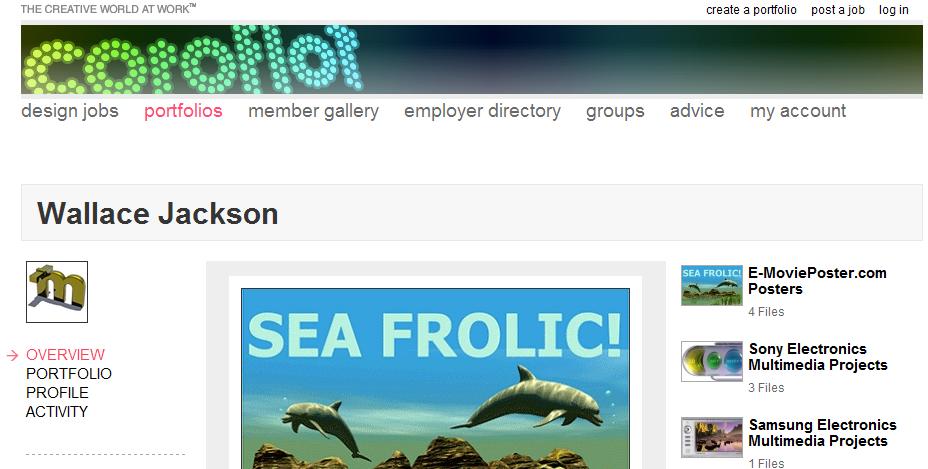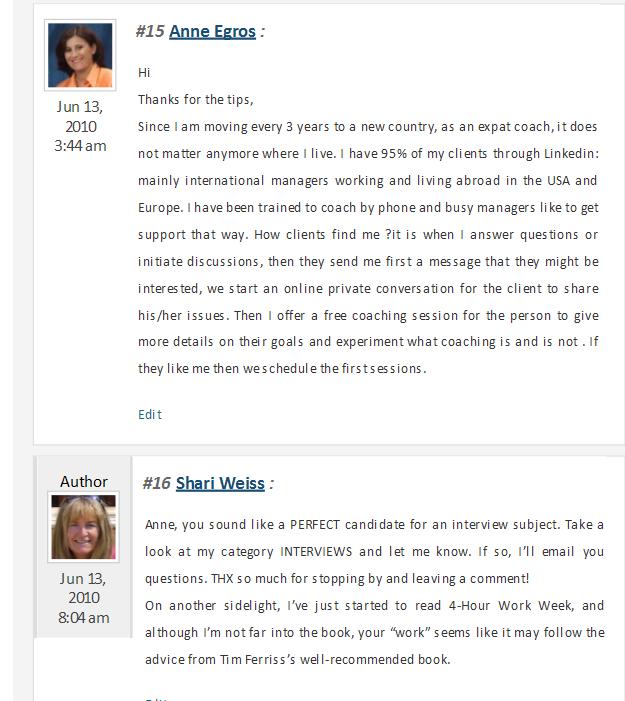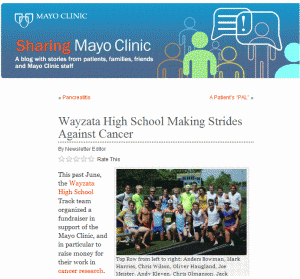When companies like Dell and Kodak hire Chief Listening Officers, inquiring minds want to know what they are listening “to” and “for”: check FIR podcasts and Ad Age article.
 The big task? Data mining — and figuring out who needs the information. [Kodak Chief Listener]:“What kind of information does our marketing team need vs. our product team? How do we classify the data? What is the process for handling ‘ABC’ information vs. ‘XYZ’ information?”
The big task? Data mining — and figuring out who needs the information. [Kodak Chief Listener]:“What kind of information does our marketing team need vs. our product team? How do we classify the data? What is the process for handling ‘ABC’ information vs. ‘XYZ’ information?”
Now a Guest Poster for the social media blog CompuKol Connection, I wrote the following article for them:
Sentiment Analysis is the label describing online opinions
Social media empowers companies to listen to what is being said about them, so they can join the conversation and become part of the Recommendation Chain. With the proliferation of reviews, ratings, recommendations and other forms of online expressions, businesses need to “mine” these opinions to (a) market their products, (b) identify new opportunities, and (c) manage their reputations.
Online opinion can make or break a company – it is a Virtual Currency.
“We’ve gone from traditional market research to media monitoring to mining data that helps formulate business and communications strategy,” said public opinion pollster Bradley Honan at the Sentiment Analysis Symposium in NYC this past summer. Sentiment analysis is the label for a process to determine the emotional attitudes of writers with respect to some brand or topic.
Can sentiment be measured?
How well sentiment can be truly measured is still in question according to many marketers including online strategist Thomas Walker. “The value is that you can take a pulse on how effective a campaign has been. For example, you run a campaign that is designed to reach people’s funny bones, but the needle doesn’t move on your sentiment; you know that on a large scale it was ineffective.
“BUT if the needle moves and you look at what people are saying, you have the chance to incorporate certain elements into your brand’s voice, and if you use this information correctly, you’ll be able to make your brand become more of a reflection of how supporters want to see you.
“If, however, the feedback is negative, you can drill down using sentiment analysis tools to see what people don’t like, and if you’re a smart brand, you become what your customers want you to become. This is the new future of business.”
Sentiment analysis is a subjective process. What one person reads as positive could be neutral to another. Specific business goals are required to provide the context for examining online opinion, and this can be analyzed automatically with computer software using Natural Language Processing [NLP] and machine learning.
Most accurate? Human or Computer monitoring?
However, social media bloggers, market monitoring specialists, and measurement software suppliers are taking sides as to whether human or automated sentiment analysis is more accurate — and better: “At the heart of this ongoing debate is the issue of accuracy, or the degree to which software can correctly extract positive, negative, or neutral tone” from words alone, according to Marshall Sponder in a recent blog article “Is There Any Point To Doing Sentiment Analysis.” [http://www.socialmediatoday.com/SMC/198067]
Sponder concluded that aiming for 100% accuracy misses the point because sentiment is not objective and can be swayed by “momentary considerations” like a person’s mood at the time of writing. Sponder suggested that businesses try to analyze core beliefs that are more stable than off-the-cuff remarks. He also pointed out that critics of automated tracking say that humans can read between the lines where, of course, a machine cannot.
Information technology professionals like James McGovern, who directs the Virtusa Corporation, urges people to accept the limitations of sentiment analysis: “NLP isn’t quite mature enough yet to automate the measurement, nor is sentiment analysis a quantitative measure. It is more qualitative at this time. It is highly recommended to dedicate a human team to interact with the community, distinct from managing the message,” he said.
Sentiment accuracy is like a fine wine, according to Jennifer Campbell, a resource managing director.
“It improves with time, whether you are using a dedicated and educated group of reviewers or an intelligent natural language solution that is able to learn from a growing set of data,” she said.
Measuring online opinions and data can be used on a broader scope than just with brands and companies, pointed out Mark Parker, CEO of Smart Social Media. His company had initially found little “social noise” referencing a client, one of Australia’s largest housing construction companies. However, when he conducted additional research, he found a lot of sentiment expressed around two core issues: interest rate movements and housing affordability, which were both closely linked to the demand for the client’s products.
“Nervous sentiment” on issues is worth checking out
“What we saw in the sentiment wasn’t so much positive or negative or even neutral for that matter – I termed it as nervous sentiment – the customers were nervous about these two issues. So the opportunity for this client was to tap into these two conversations and be seen to be contributing information, tools, and advice,” he said.
The initial results of online data mining may be less significant than some measurement tool vendors would have us believe, but as a starting point for further investigation and insight, they can be very important. Web marketing strategist (and number cruncher) Alan Stephenson put it this way:
“Sentiment analysis only becomes meaningful for me when we dig deeper. For example, alarm bells would be going off around the 10.4% of posts with the word ‘problem’ mentioned. This discovery would provide a reason to examine posts in more detail. As an early warning system, this kind of alert is extremely relevant. I would rather have a false alarm than a reputation fire,” he said.
Whether through human or machine analysis, businesses have a huge opportunity to discover valuable information about their products, services and company reputations. The challenge, then, is to take the feelings they uncover and implement appropriate actions to capitalize on the positive feedback — and design solutions for the problems.
Your turn: What value do you see in monitoring, measuring, and giving meaning to consumer online opinion?
 I participated in a Social Business conference here in the North Bay area of San Francisco, which was on the whole a great experience; however, one particular roundtable discussion left me “unimpressed” — if not downright exasperated.
I participated in a Social Business conference here in the North Bay area of San Francisco, which was on the whole a great experience; however, one particular roundtable discussion left me “unimpressed” — if not downright exasperated.



